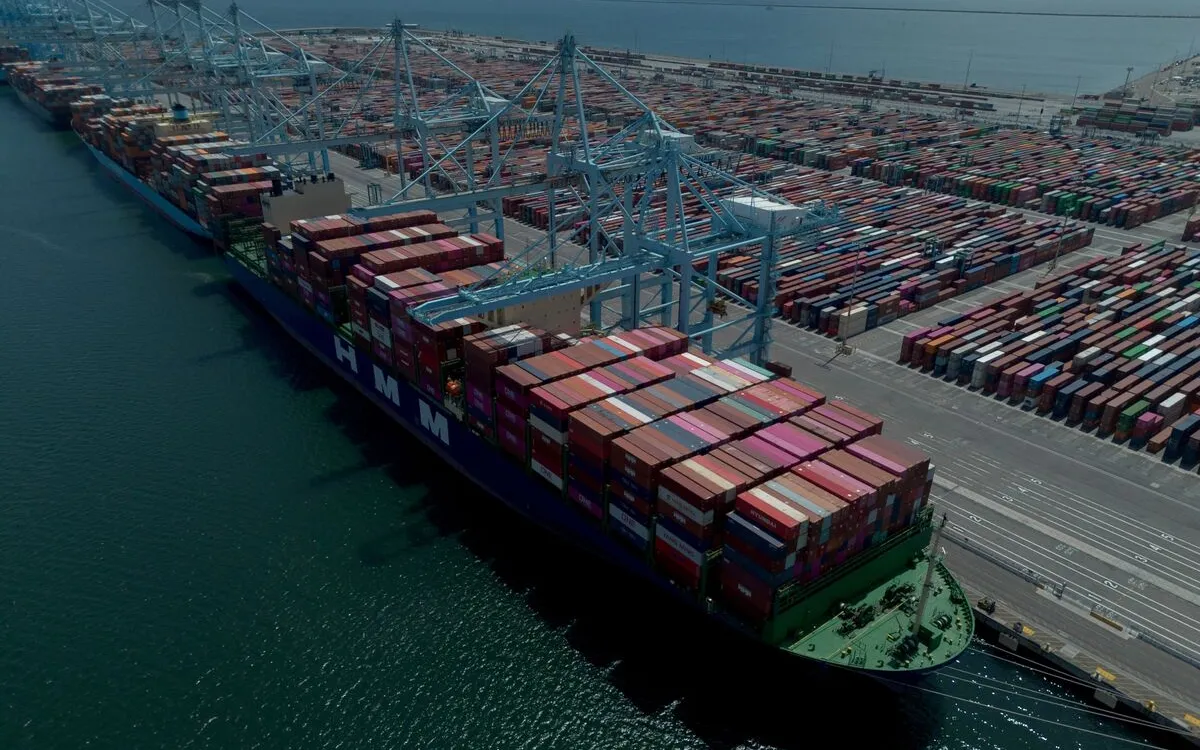
In a recent statement, President Donald Trump expressed his willingness to consider lowering tariffs on China at some point in the future. He emphasized that the current tariff rates are excessively high, which has led to a significant decline in business transactions between the world’s two largest economies. The ongoing trade tensions have created a challenging environment for international commerce.
As it stands, Trump has implemented tariffs on Chinese imports that reach as high as 145%. In response, China has retaliated with its own tariffs, imposing rates of 125% on American goods. This back-and-forth escalation in tariffs has rattled financial markets and created uncertainty among investors. The situation is particularly concerning as it threatens to increase costs for vital manufacturing equipment and everyday consumer goods that many Americans depend on, such as clothing and toys.
The imposition of such high tariffs has raised alarm among various sectors. Increased prices for manufacturing equipment could hinder production capabilities, while elevated costs for affordable goods may strain household budgets across the nation. As businesses grapple with these challenges, the potential for limited access to essential products looms large, raising questions about the long-term effects on the economy.
Trump’s acknowledgment of the need to potentially lower tariffs signals a recognition of the economic pressures affecting both nations. As discussions continue, many are watching closely to see how this situation evolves and what measures will be taken to restore trade relations between the U.S. and China. The outcome could greatly influence market stability and the economic landscape in the months to come.